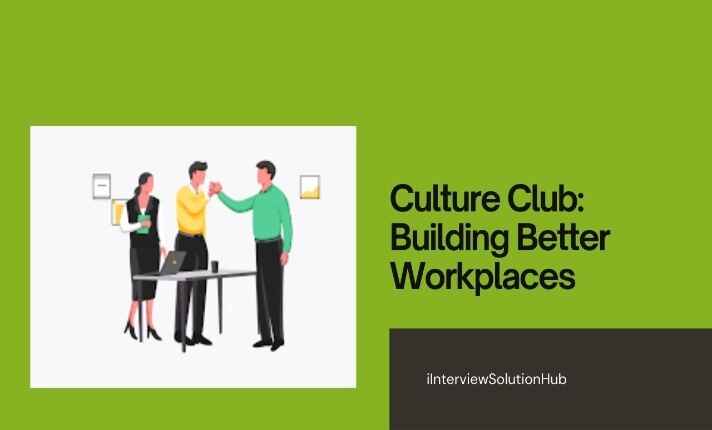
Culture Club: Building Better Workplaces
Culture Club: Building Better Workplaces
Workplace culture is the cornerstone of a thriving organization. It's more than just a set of shared beliefs or behaviors; it is the lived experience of your employees, shaping how they perceive their roles and interact with their colleagues. For professionals committed to building a positive and productive workplace, understanding how to cultivate a strong culture is essential. In this blog,we’ll explore strategies for fostering a workplace culture that promotes engagement, inclusivity and continuous improvement.
1. Understanding Workplace Culture: The Foundation of Success
Workplace culture refers to the values,traditions and unwritten rules that guide how employees behave and interact in an organization. It encompasses everything from communication styles and work habits to the organization’s overall mission and values. A strong culture aligns with the company’s strategic goals and enhances employee satisfaction and retention.To build a successful culture,start by defining what matters most to your organization.This could be innovation,collaboration or customer service excellence. Understanding and articulating these core values will help you create a culture that not only supports your business objectives but also resonates with your employees.
A well-defined culture acts as a compass,guiding decision-making and shaping the overall work environment. Companies like Google and Zappos are often cited for their strong cultures that prioritize creativity,collaboration and customer service, respectively. These cultures did not form overnight;they were carefully cultivated and continuously reinforced through intentional practices and policies.For instance, Google's culture of innovation is supported by its famous "20% time" policy, which allows employees to spend a portion of their work hours on projects of their choice. This kind of strategic alignment between culture and company goals ensures that employees are motivated and engaged in meaningful work.
2. The Leadership Effect: Guiding Culture from the Top
Leadership is instrumental in shaping and sustaining workplace culture. Leaders set the tone for what is acceptable and expected, and their actions often speak louder than words.Effective leaders understand that building a positive culture starts with them.By demonstrating the values they wish to see such as integrity,accountability, and empathy leaders can influence the behavior of their teams and create a culture of trust and respect.
For example, a leader who prioritizes open communication will encourage their team to share ideas, ask questions and provide feedback.This can be achieved through regular town hall meetings, open-door policies or informal check-ins. Additionally, leaders who acknowledge and learn from their mistakes foster a culture of continuous improvement and innovation.When employees see their leaders practicing humility and resilience,they feel more comfortable taking calculated risks and experimenting with new ideas.
Leadership also plays a crucial role in recognizing and rewarding behaviors that align with the desired culture.By celebrating achievements and publicly acknowledging employees who embody the organization’s values,leaders reinforce positive behaviors and help build a cohesive, motivated team. In contrast,leaders who fail to address toxic behaviors or allow favoritism to flourish can quickly undermine trust and morale,leading to a dysfunctional workplace culture.
3. Building Trust and Transparency: The Cornerstones of a Positive Culture
Trust and transparency are essential for cultivating a healthy workplace culture. Trust is built through consistent actions that demonstrate reliability, fairness and integrity. When employees trust their leaders and peers,they are more likely to feel engaged, contribute ideas and collaborate effectively.Conversely,a lack of trust can lead to low morale, high turnover and decreased productivity.
Transparency involves open and honest communication about company goals, challenges and changes. It means sharing both the good news and the bad, providing employees with the context they need to understand organizational decisions. For instance, if a company is undergoing restructuring,transparency might involve explaining the reasons behind the decision,the expected impact on employees and the steps being taken to support those affected.This level of openness helps build trust and ensures employees feel informed and valued.
Organizations can also foster a culture of transparency by involving employees in decision-making processes.This could be through surveys, focus groups or regular feedback sessions.When employees feel their voices are heard and their opinions matter, they are more likely to trust their leaders and feel committed to the organization’s success.
4. Embracing Diversity, Equity, and Inclusion (DEI): A Necessity, Not a Choice
Diversity, Equity, and Inclusion (DEI) are critical components of a positive workplace culture. A diverse workforce brings a wealth of perspectives,experiences,ideas which can drive innovation and better decision-making. However,diversity alone is not enough; it must be accompanied by equity and inclusion to ensure that all employees feel valued and have equal opportunities to succeed.
Embracing DEI starts with recruitment. Organizations should strive to eliminate biases in their hiring processes by using inclusive language in job descriptions, employing diverse interview panels and using blind recruitment techniques.Beyond hiring,companies must create an inclusive environment where all employees feel safe to express themselves and where different perspectives are respected and valued.
Equity involves ensuring that all employees have access to the same opportunities and resources, regardless of their background or identity.This could mean providing mentorship programs for underrepresented groups,ensuring pay equity or offering flexible work arrangements to accommodate different needs.By prioritizing DEI, organizations not only foster a more positive workplace culture but also improve employee satisfaction, retention and overall performance.
5. Promoting Continuous Learning and Development: Investing in Your Team
A culture of continuous learning and development is vital for both employee growth and organizational success.In today’s fast-paced world, skills can quickly become outdated, and employees must continually learn and adapt to stay relevant. Organizations that invest in their employees’ professional development demonstrate a commitment to their growth and long-term success,which in turn fosters loyalty and engagement.
To promote a culture of learning, companies can offer a range of development opportunities,such as in-house training programs, access to online courses and tuition reimbursement for further education. Encouraging cross-departmental collaboration and knowledge sharing can also enhance learning and help employees develop new skills and perspectives.By fostering a culture of curiosity and continuous improvement,organizations can build a more agile and innovative workforce.
Additionally, creating personalized development plans that align with both the organization’s goals and the employee’s career aspirations can help keep employees motivated and engaged.Regular check-ins and feedback sessions can ensure these plans remain relevant and provide employees with the support they need to succeed.
6. Recognizing and Rewarding Achievements: Fueling Employee Engagement
Recognition is a powerful tool for building a positive workplace culture and enhancing employee engagement. Employees who feel appreciated for their efforts are more likely to be motivated, productive, and committed to their work. Recognition can take many forms, from a simple thank you or shout-out in a meeting to more formal rewards like bonuses or promotions.
To be effective,recognition should be timely, specific and aligned with the organization’s values. Recognizing employees not only for their individual achievements but also for their contributions to the team and company culture reinforces positive behaviors and encourages others to follow suit. It’s also important to ensure that recognition is inclusive and equitable, so all employees feel valued and appreciated.
Organizations can implement a variety of recognition programs,such as employee of the month awards, peer-to-peer recognition platforms or spot bonuses for outstanding performance.By regularly acknowledging and celebrating employees’ achievements, companies can create a culture of appreciation that drives engagement and retention.
7. Balancing Work and Well-being: Creating Sustainable Work Environments
A sustainable workplace culture promotes a healthy work-life balance,which is crucial for employee well-being and long-term productivity. Employees who feel overworked or stressed are more likely to experience burnout, which can negatively impact their performance and overall morale.Organizations that prioritize work-life balance create a more supportive and resilient workplace culture.
To promote work-life balance,companies can offer flexible work arrangements,such as remote work options, flexible hours or compressed workweeks. Encouraging employees to take breaks,use their vacation time and set boundaries between work and personal life can also help prevent burnout. Additionally, providing resources for mental and physical well-being, such as wellness programs, fitness memberships, or access to mental health support, demonstrates a commitment to employees’ overall health and well-being.
By fostering a culture that values work-life balance and employee well-being, organizations can reduce turnover, increase job satisfaction, and create a more engaged and productive workforce.
8. Evolving Culture: Continuous Improvement Through Feedback and Adaptation
A strong workplace culture is not static; it evolves with the organization and its people.To maintain a positive culture, organizations must be willing to adapt and improve continuously. This requires regularly gathering feedback from employees, assessing the effectiveness of current practices, and being open to change.
Employee surveys, focus groups and one-on-one meetings are valuable tools for understanding how employees feel about the workplace culture and identifying areas for improvement. It’s also important to monitor key metrics,such as employee engagement, turnover rates and performance,to gauge the health of the culture over time.
Organizations that are proactive in addressing issues and making improvements are better positioned to build a culture that supports their strategic goals and meets the evolving needs of their employees.By fostering a culture of continuous improvement, companies can ensure their workplace remains a positive,inclusive and dynamic environment where employees can thrive.
Conclusion: Committing to a Culture of Excellence
Building a better workplace culture is a journey that requires ongoing commitment, effort, and adaptability. By focusing on leadership, trust, DEI, learning, recognition, well-being, and continuous improvement, organizations can create a culture that not only drives success but also becomes a defining feature of their brand. A strong workplace culture is one where every employee feels valued, engaged, and motivated to contribute their best. It’s about creating an environment where people can do their best work, be their authentic selves


.png)


.png)
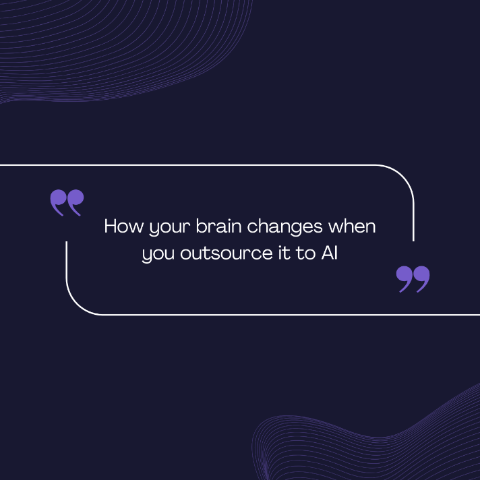
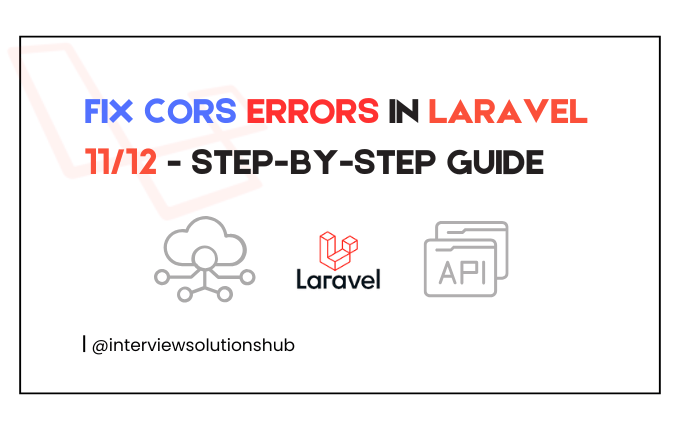

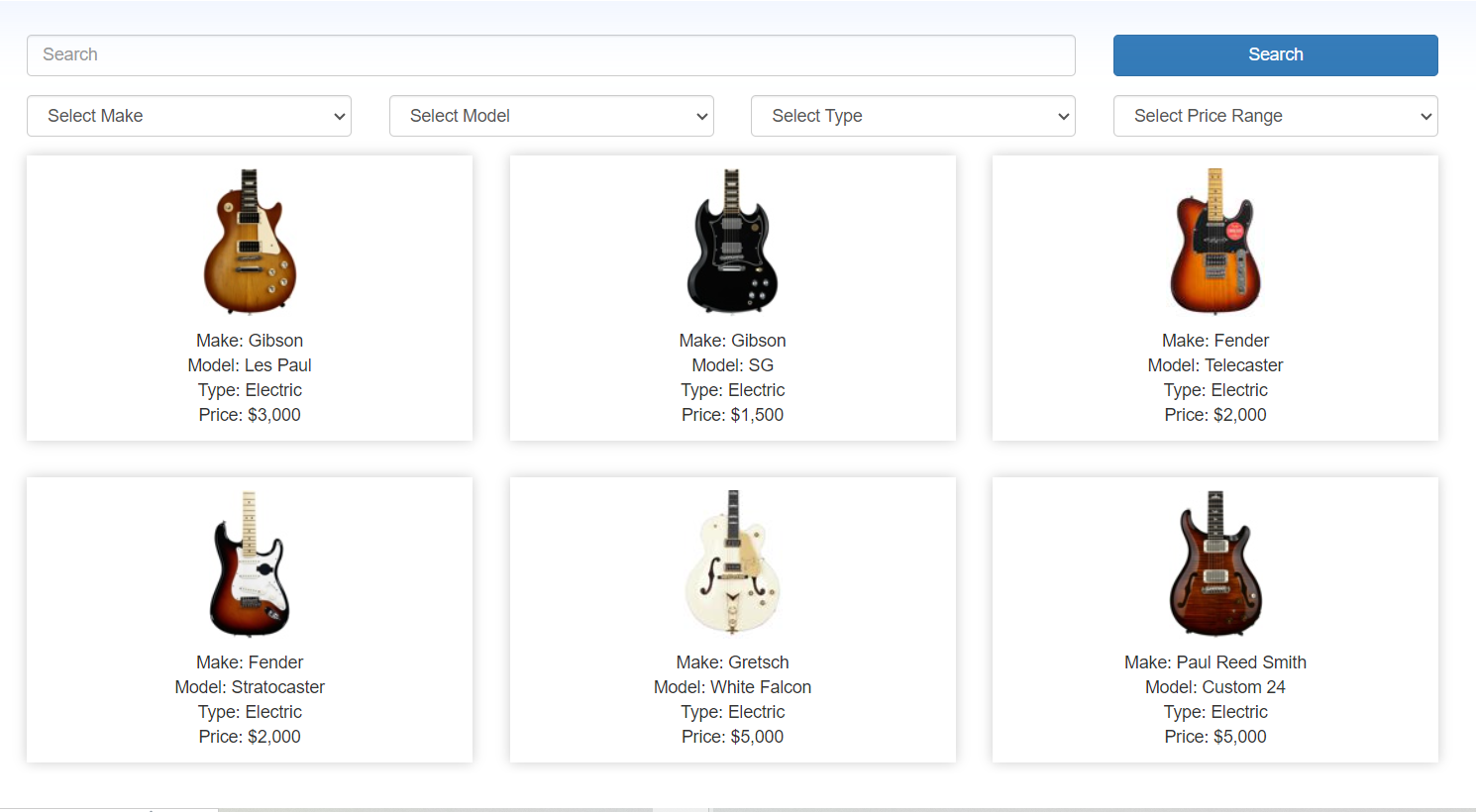

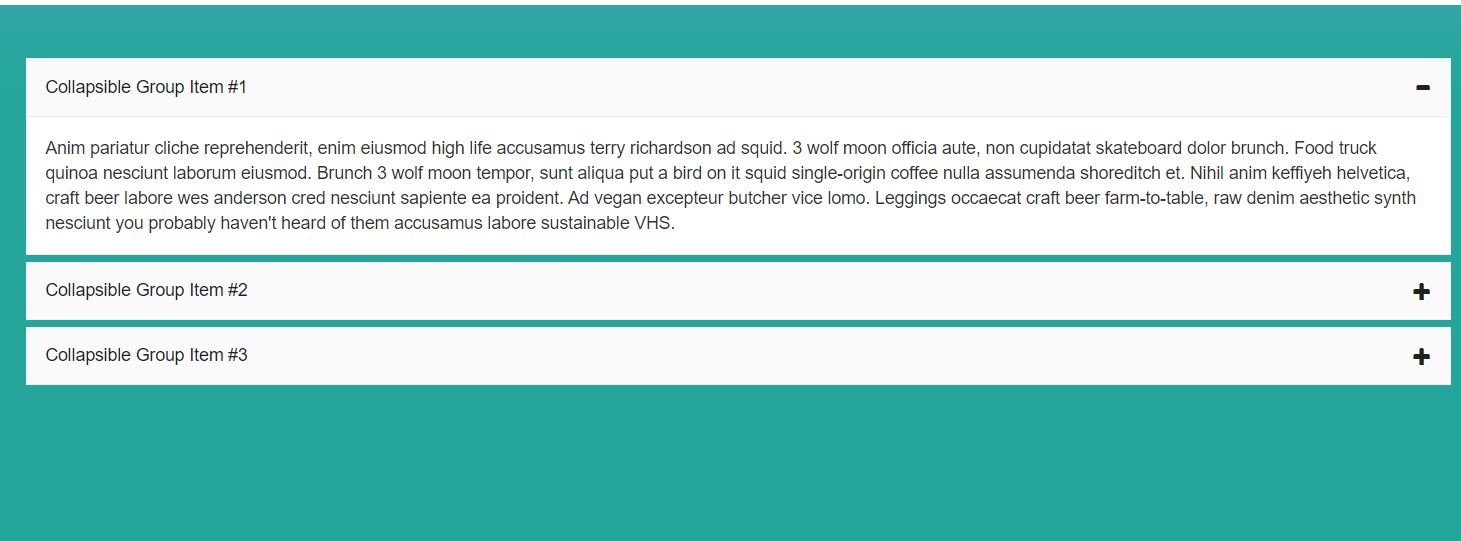
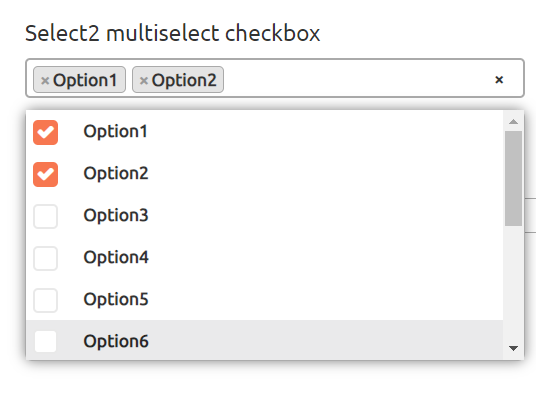

Najm
Valuable Insights